

The President of the Supreme Court of Justice in Palermo
In 1826, Giovan Battista Finocchiaro, the President of the Supreme Court of Justice in Palermo, leave his large collection of paintings to the City Council of the city where he was born: Catania. Finocchiaro's donation is similar to Prince Belmonte Emanuele Ventimiglia's one who had donated his collection to the city of Palermo in 1814 for the opening of a picture gallery.
With this gesture, both promoted a custom that aimed at art not as a mere display of culture but to promote a civic sentiment that would allow art itself to have a social function.
Finocchiaro had collected 123 paintings in his Palermo home in the St. Ninfa district. The aristocratic collector had already started, at the end of the 18th century, to focus on paintings by Neapolitan, Genoese and Flemish masters. His intention was to introduce more interesting paintings to the Palermo market than those already present in Catania in the collections of Prince Biscari or the Benedictines.
The numerous paintings found by Giovan Battista Finocchiaro were of different types: on canvas, on panel, on copper and on "Cutognino marble". The different techniques were attributed to Caravaggio, Pietro Novelli, Mattia Preti or Matthias Stomer.
The Sicilian market benefited from the precious collaboration between painting experts. Like the nobleman from Messina Ruffo, in whose collection the "S. Luca Pittore" (1669) by Mattia Preti stood out. But Finocchiaro's attention was above all aimed at collecting the works of the Flemish Matthias Stomer, a painter who arrived in Sicily at the end of the seventeenth century and remained there. Stomer's Sicilian works were found in the inventories of the assets of aristocratic families of the island, such as Ruffo di Messina himself, Branciforti and Mazzarino or commissioned by ecclesiastical iconographers.
Between the attraction for the classical and the interest in the modern, Finocchiaro's tastes linger on Flemish art and the Sicilian school of the 17th century. His is a painting by Mario Minniti, a Caravaggesque native of Syracuse, whose painting "Two Figures with Cupid" shows a seated woman with a man about to pierce her with a sword and a Cupid with an arrow. While Stomer's "Death of Cato" and "Christ Mocked" – both of which can be seen in the new setting-up of Castello Ursino Museum – were purchased. Two masterpieces in which the Caravaggesque stamp stands out, as he stayed for a long time in Ultrech in the school dedicated to the art of Caravaggio. In them, however, the nuances and strokes differ from those of the Master. His painting style remains among the most similar and sought-after in 17th-century art and has contributed to a valuable display in the rooms and picture gallery of Castello Ursino. Praise to Finocchiaro, another Sicilian art lover and scholar, who has donated a treasure chest of beauty and artistic history to the public with his collection.

Around 1640
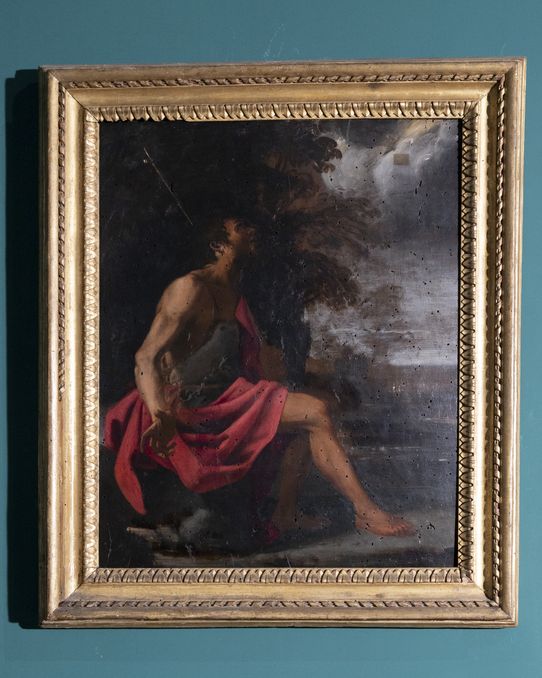
Around 1630

Around 1630

1627

Around 1640
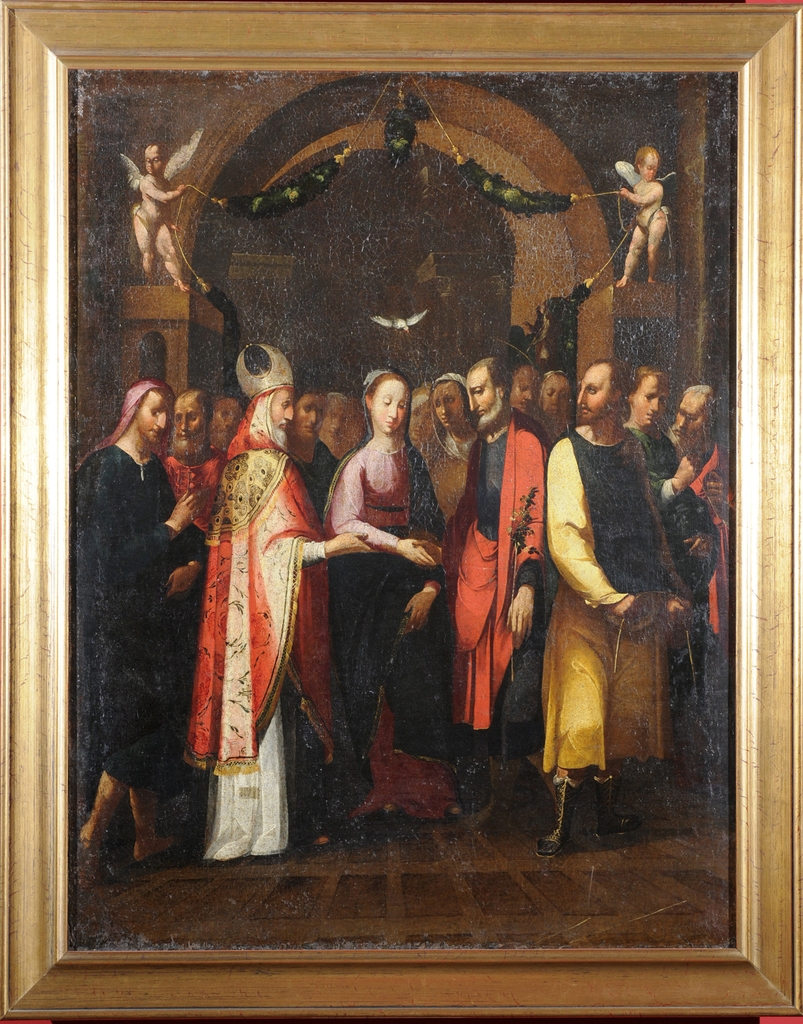
XVII cent.

Around 1640

Around 1640
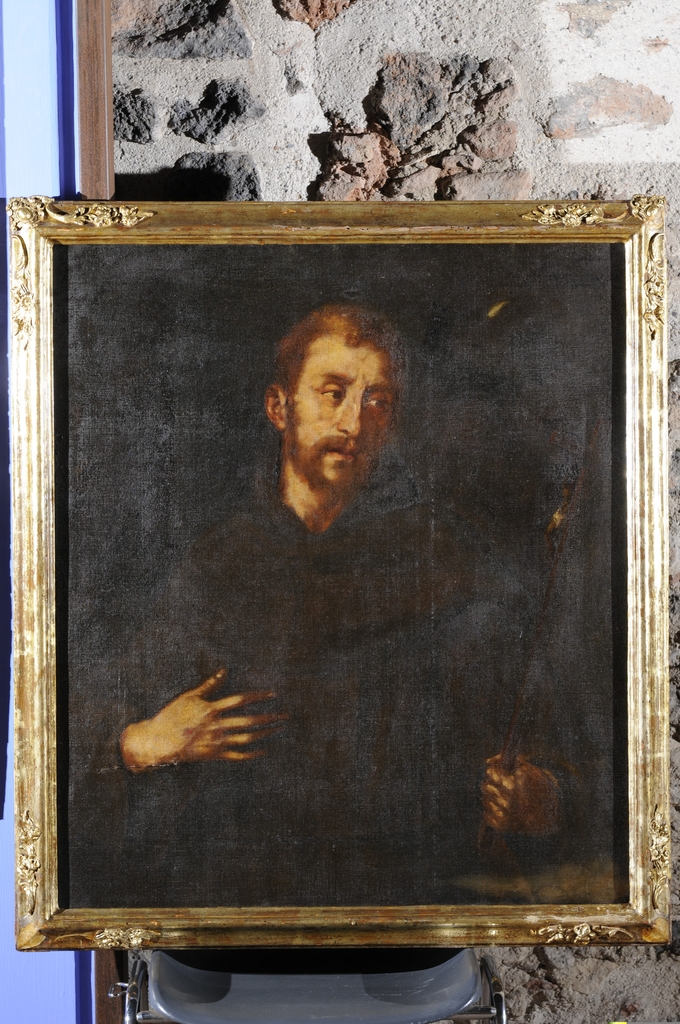
XVII cent. A.D.
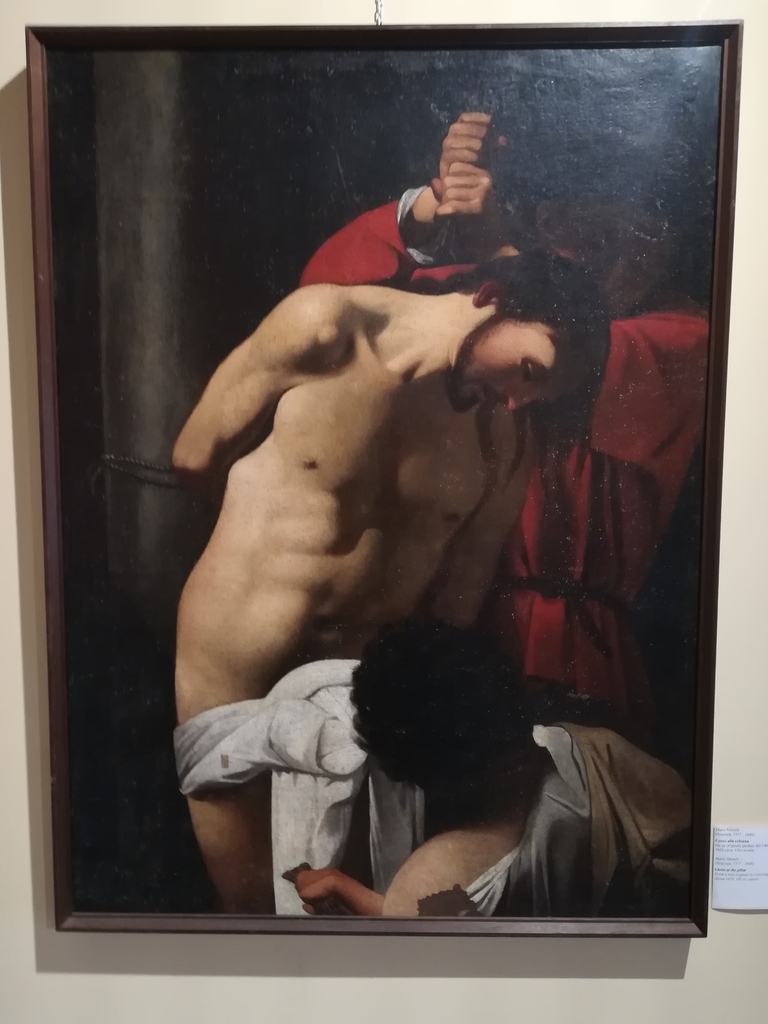
Around 1610
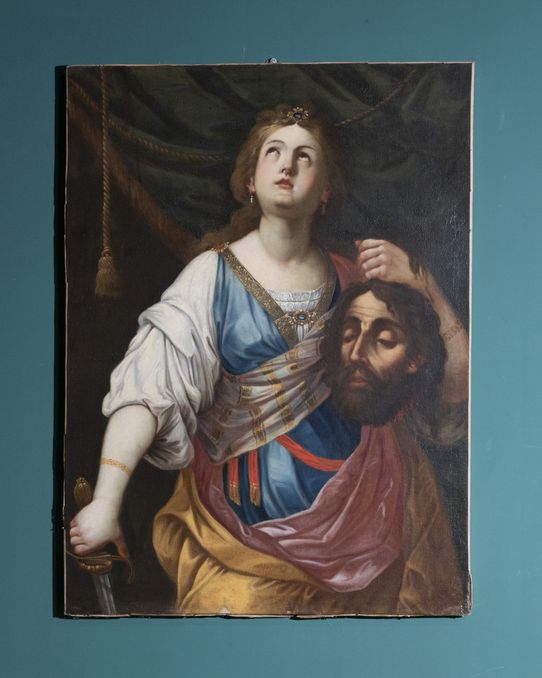
XVII-XVIII cent. A.D.
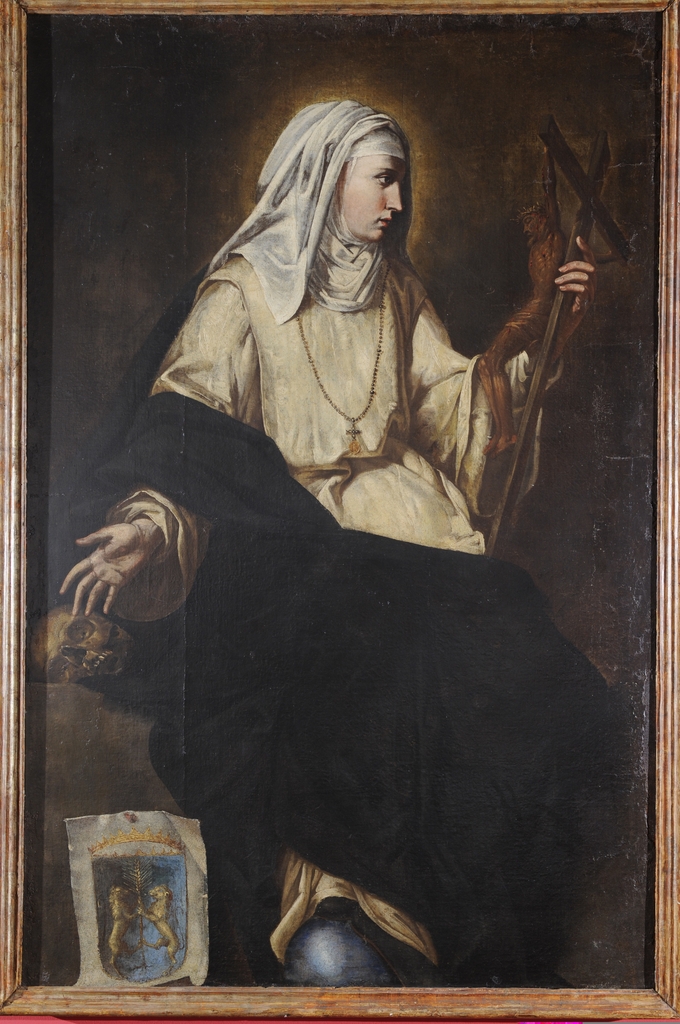
XVII cent.
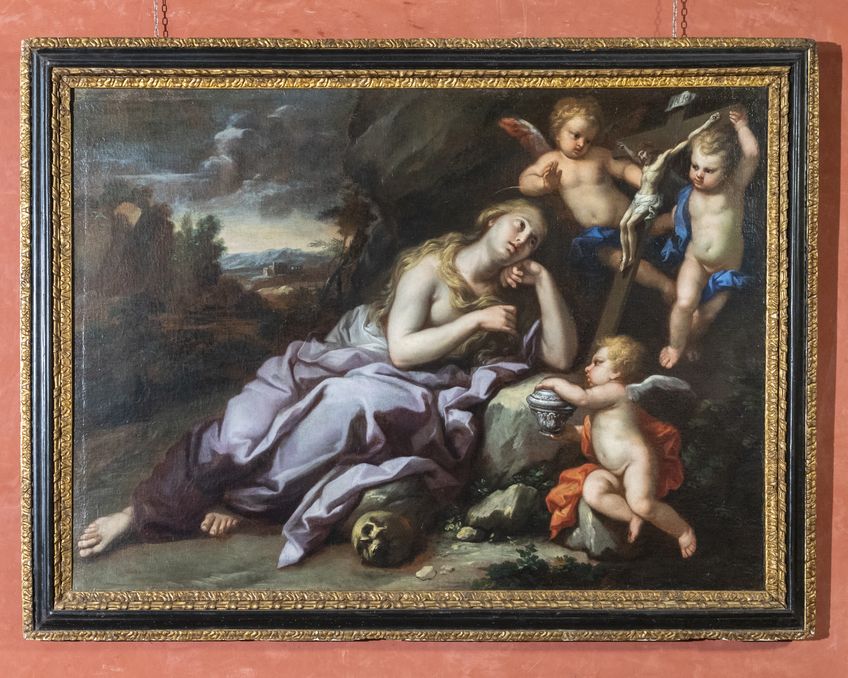
Early XVIII cent.
Inventory number:
Subject/object:
Author:
Date:
Description:
Material and technique: